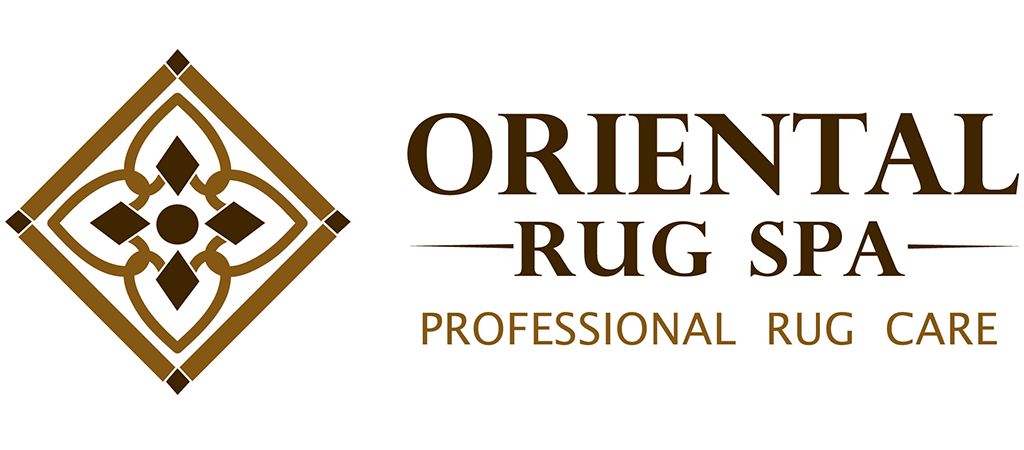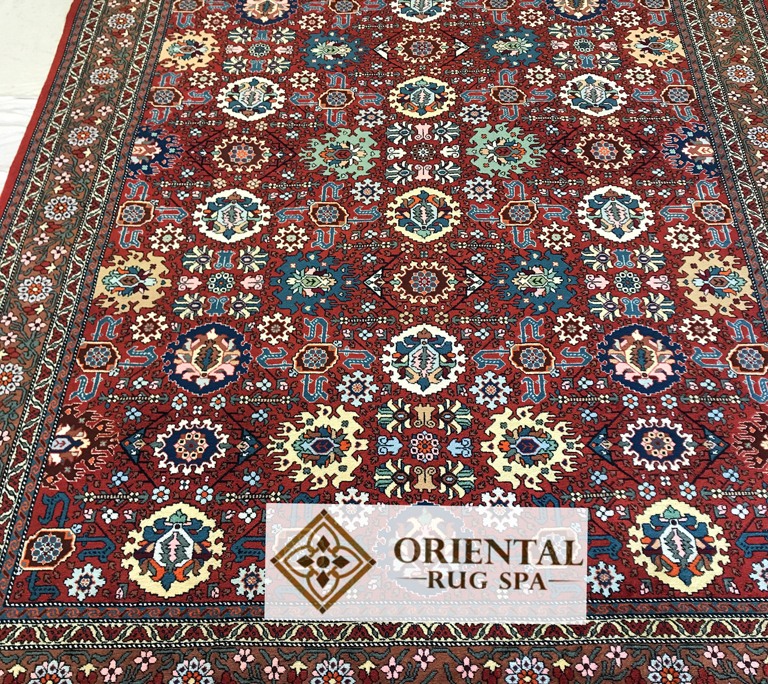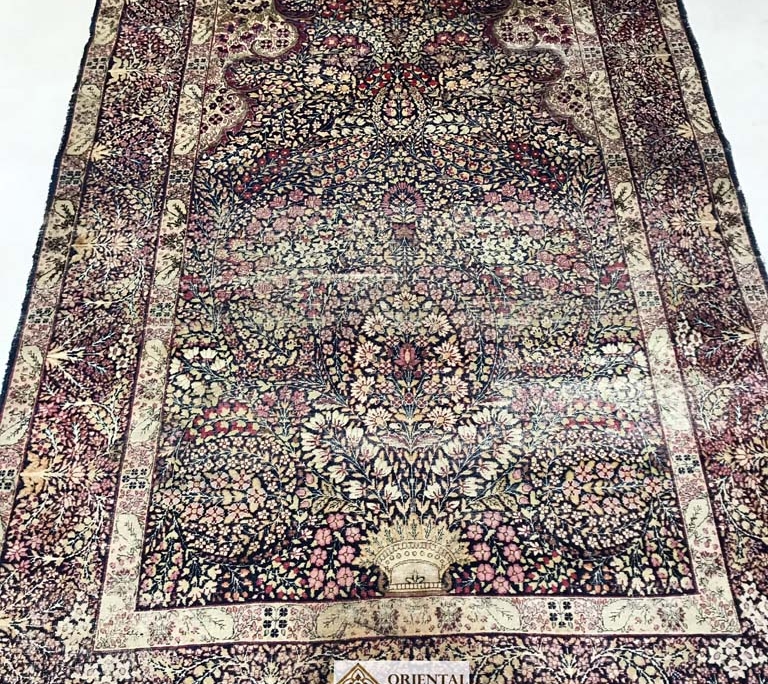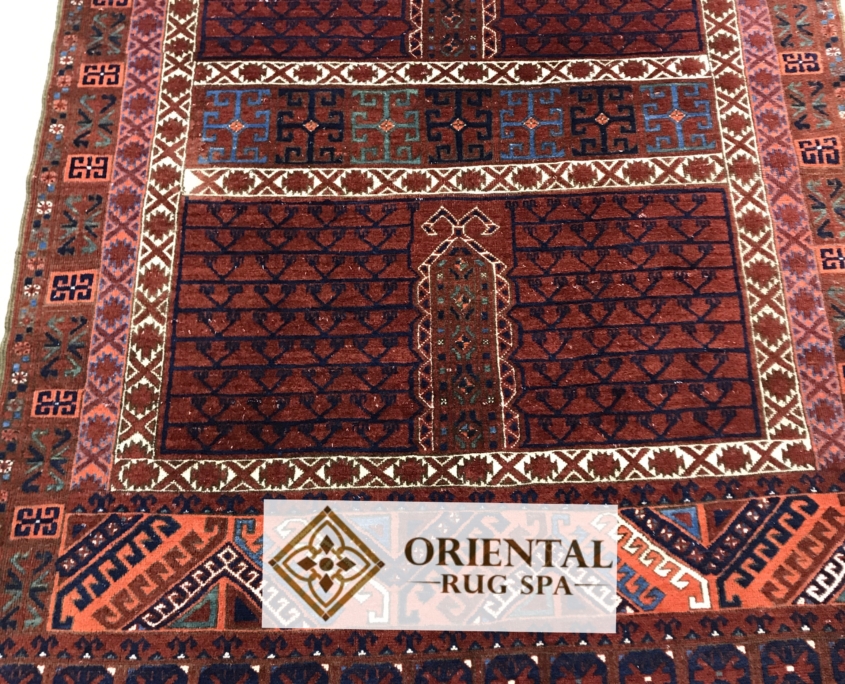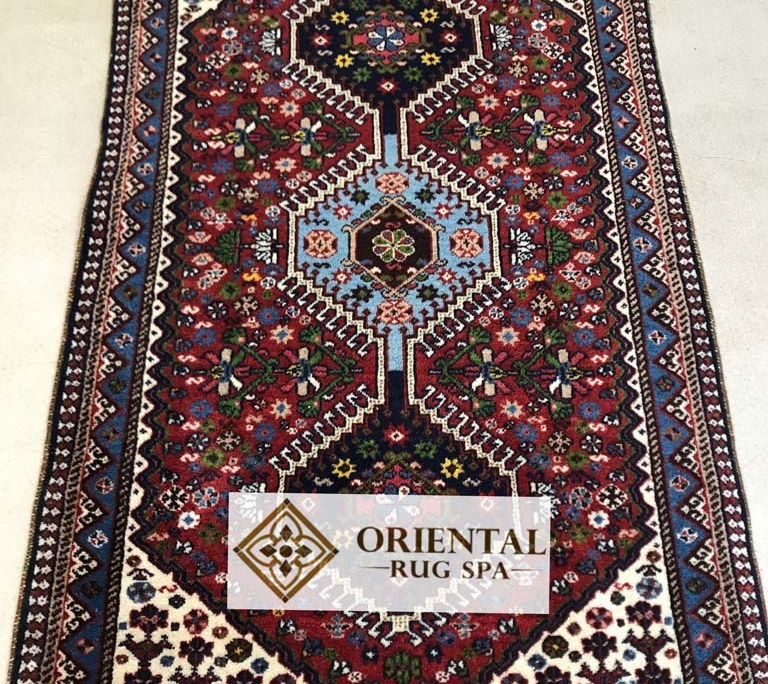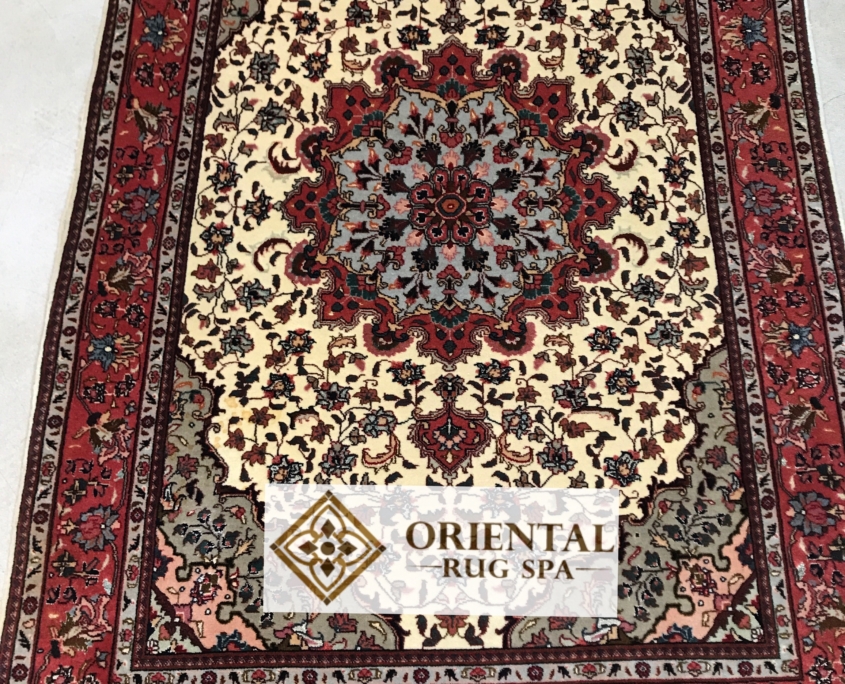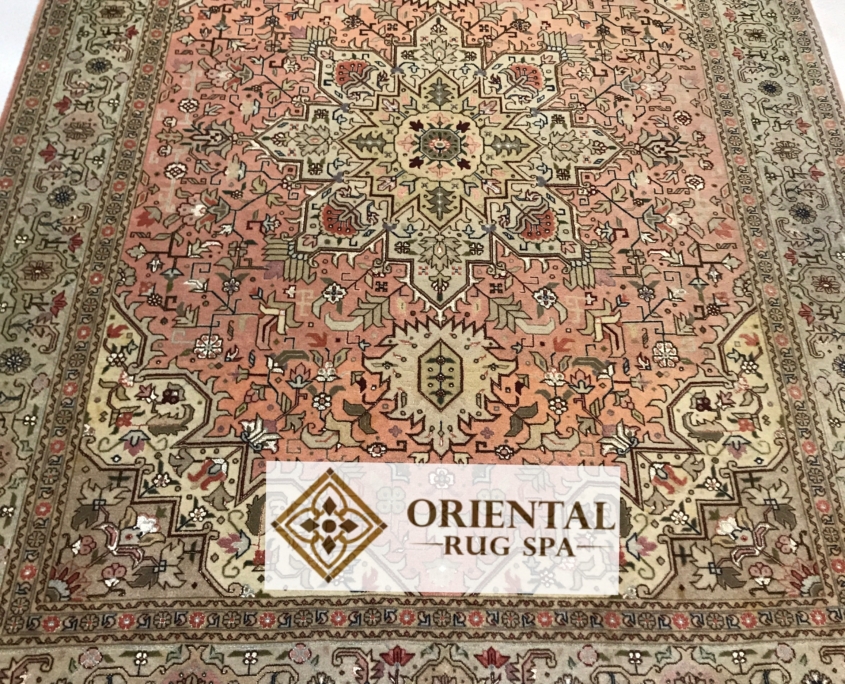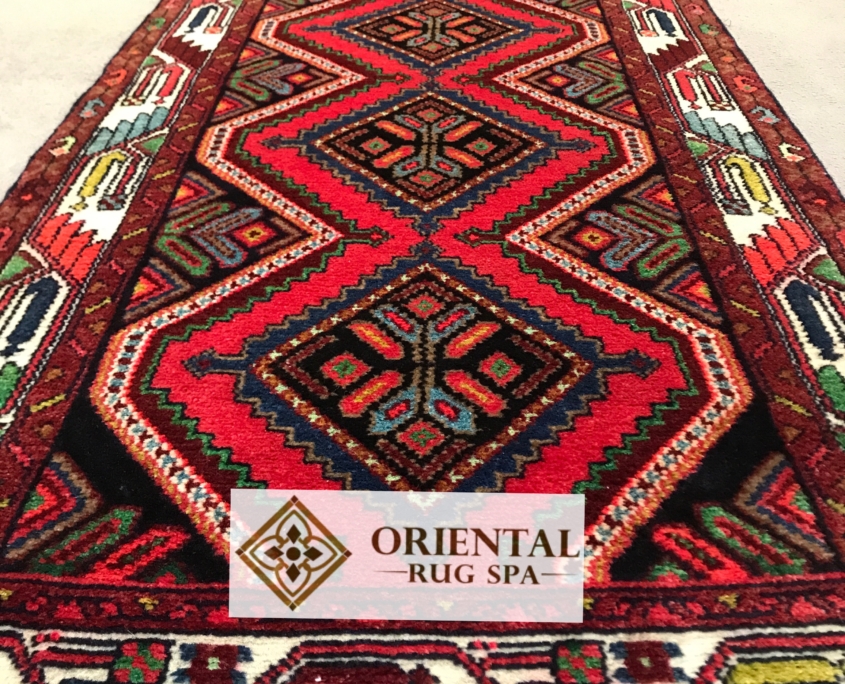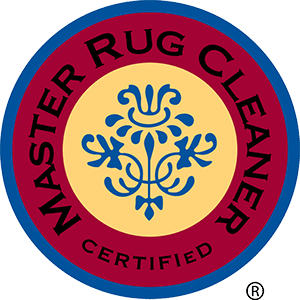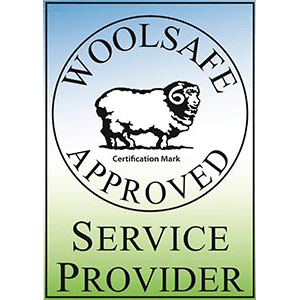Rug Cleaning Stoneygate
Oriental Rug Spa offer a specialist Persian, Oriental and Turkish rug cleaning for Stoneygate, Leicestershire. We also offer a rug repair service. If you own a dirty or soiled rug that needs professional cleaning, then why not give us a call on 01276 423 150. We can arrange collection and delivery for you. The rug wash process required can differ from rug to rug, so we offer various methods of rug cleaning, from full immersion washing to dry cleaning. All rug fibres can be cared for – wool, cotton, silk and viscose. We can carry out a pet stain and odour treatment, moth treatment and apply a fibre protection to resist against soiling and staining. We have extensive experience with cleaning antique rugs and rugs with unstable dyes and offer a rug repair service, including fringes, sides and pile reweaving.
Afghan Ensi Rugs
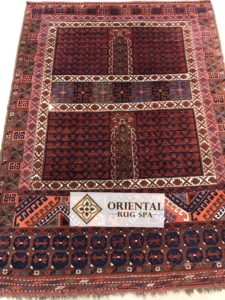
Afghan Ensi
Afghan Ensi rugs have a fascinating history rooted in Central Asian weaving traditions. The term “ensi” (sometimes spelled “hatchli” or “hatchlu”) refers to a specific type of rug that was traditionally used as a tent door hanging by nomadic Turkmen peoples.
Whilst the classic Ensi design originated with Turkmen tribes in what is now Turkmenistan, Afghan weavers adopted and adapted this distinctive format over time. As Turkmen populations migrated and settled in northern Afghanistan, particularly around the regions near the Turkmen border, they brought their weaving traditions with them.
The characteristic feature of an Ensi is its cross-shaped or quartered design, which divides the field into four sections. This layout is thought to represent the tent opening or perhaps hold symbolic protective significance. Traditional Ensi rugs often feature a distinctive cruciform pattern with a darker cross dividing the lighter ground, creating what looks rather like a window frame or doorway.
Afghan Ensi rugs typically display the rich, deep reds and browns associated with Afghan weaving, often incorporating tribal guls (medallions) and geometric patterns within the quartered sections. The Afghan versions tend to be somewhat more robust and rustic compared to their finer Turkmen cousins, reflecting the different wool qualities and weaving conditions in Afghanistan.
These pieces became particularly prominent in Western markets from the 1970s onwards, as Afghan tribal rugs gained popularity amongst collectors. They represent a beautiful fusion of ancient Turkmen design traditions adapted through Afghan tribal weaving culture.
